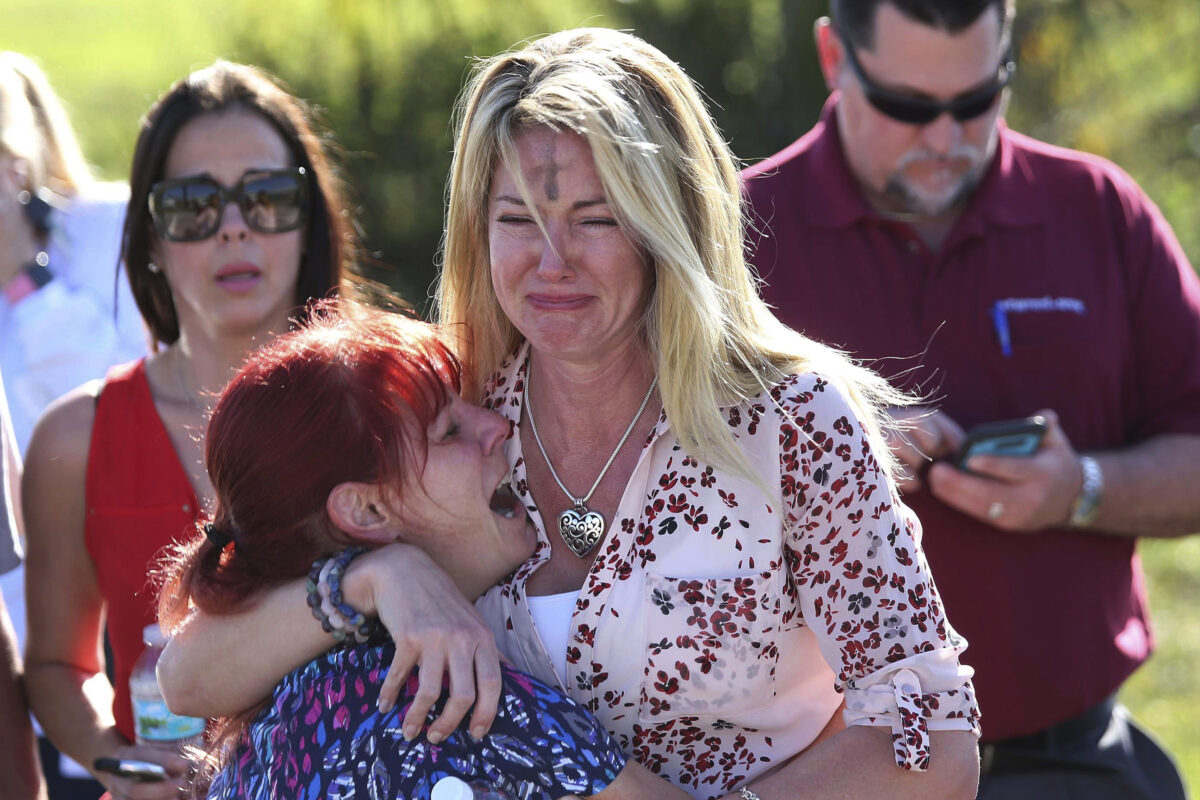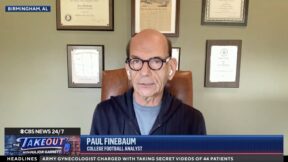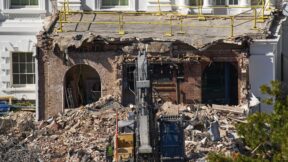Washington Post Editor Explains Why Paper Published Graphic Images of Mass Shootings

AP Photo/Joel Auerbach, File
Sally Buzbee, the executive editor of The Washington Post, made the journalistic decision to publish an extensive visual report on the impact of AR-15s in America’s mass shooting epidemic. This report included extremely graphic images, some including deceased victims of mass shootings. In a separate article, Buzbee explained what went into the WaPo staff’s decision to show these images in a report that took nearly a year to complete.
As Buzbee explains, “Terror on repeat” includes “photographs and videos taken during the immediate aftermaths of some of the nation’s deadliest mass shootings.” Sometimes these images are shared on social media during the act and go viral, but for the most part, the public is shielded from them. Images such as those can be used as evidence during police investigations. But there are other reasons why they aren’t usually shown, and it may be to the detriment of citizens:
[B]ecause journalists generally do not have access to crime scenes and news organizations rarely if ever publish graphic content, most Americans have no way to understand the full scope of an AR-15’s destructive power or the extent of the trauma inflicted on victims, survivors and first responders when a shooter uses this weapon on people.
WaPo’s staff obtained these images from Freedom of Information Act (FOIA) requests to share them with the public for the first time with the following goal:
The goal was to balance two crucial objectives: to advance the public’s understanding of mass killers’ increasing use of this readily available weapon, which was originally designed for war, while being sensitive to victims’ families and communities directly affected by AR-15 shootings.
While many types of firearms, including other semiautomatic rifles, are used to commit violent crimes, the AR-15 has soared in popularity over the past two decades and is now the gun used more than any other in the country’s deadliest mass shootings.
In the end, we decided that there is public value in illuminating the profound and repeated devastation left by tragedies that are often covered as isolated news events but rarely considered as part of a broader pattern of violence.
Buzbee also noted that this was done with full cooperation and consent of surviving victims and family members of victims who did not survive:
For this project, we established one ground rule at the start of our reporting: If we sought to publish any pictures of identifiable bodies, we would seek permission from the families of the victims. Some families indicated they would be open to granting permission, but ultimately we decided that the potential harm to victims’ families outweighed any potential journalistic value of showing recognizable bodies. …
As we prepared to publish this story in recent days, we sought to be sensitive to the people most directly affected — providing advance notice to many families of victims, their representatives and community leaders so they could choose to avoid the coverage if they preferred.
Buzbee made it clear that no decision about this story came lightly, that her newsroom “grappled with our own standard practices when it comes to publishing graphic content,” also stating that “disturbing photos and videos can add to an accurate understanding of events.”
That element of the call to show these images echoes what many journalists have said since the October 7 terrorist attacks by Hamas on Israeli civilians, that as horrific as the images may be, “don’t look away.” And while images from conflicts overseas are equally unbearable, images from America’s own small towns and big cities will literally hit Americans close to home:
We realize this story will be disturbing to readers, but we believe that publishing these images gives the public a new vantage point into the pattern of AR-15 mass killings in the United States.
Read Buzbee’s full article on The Washington Post, where you can also find “Terror on repeat.” Be advised the images are graphic and disturbing.




